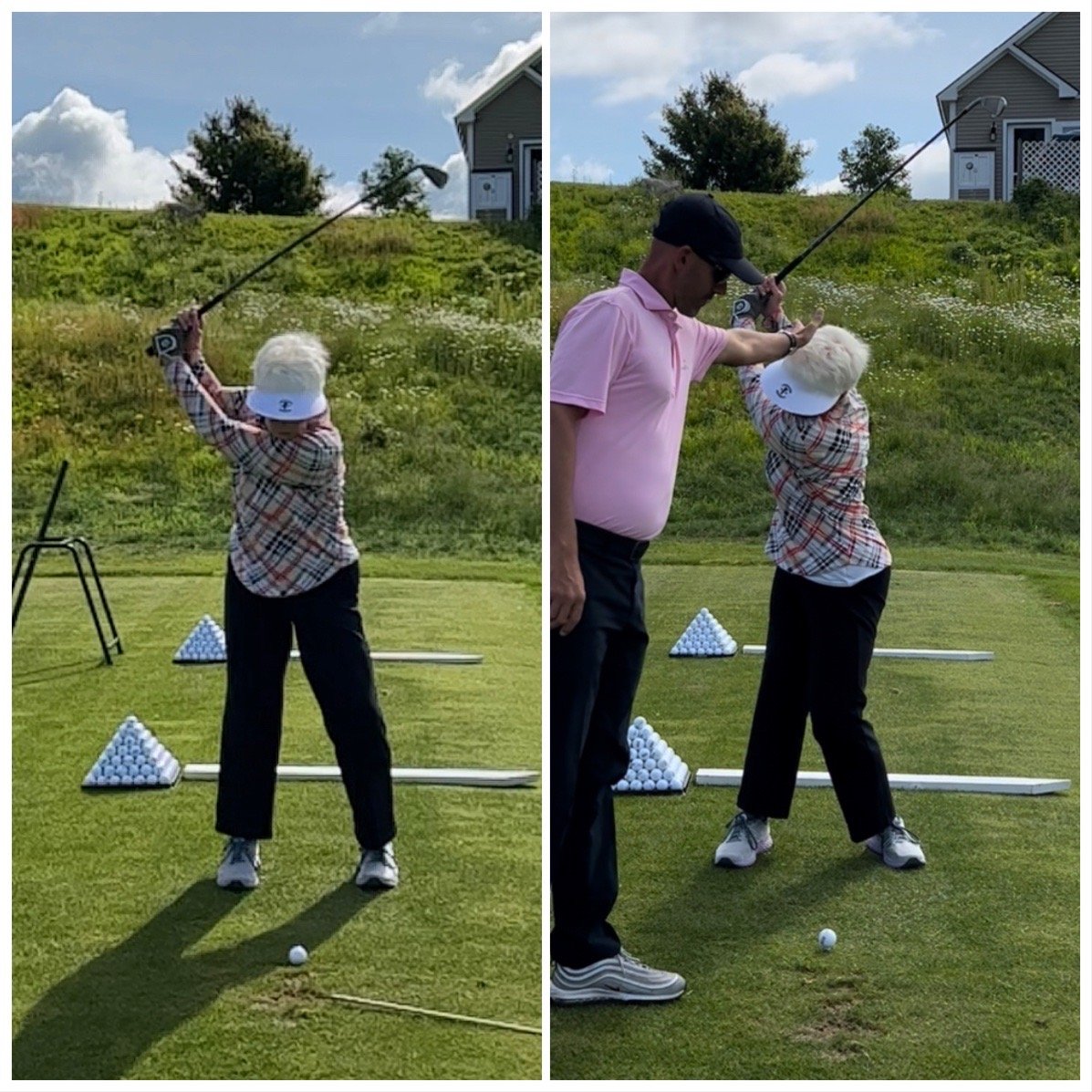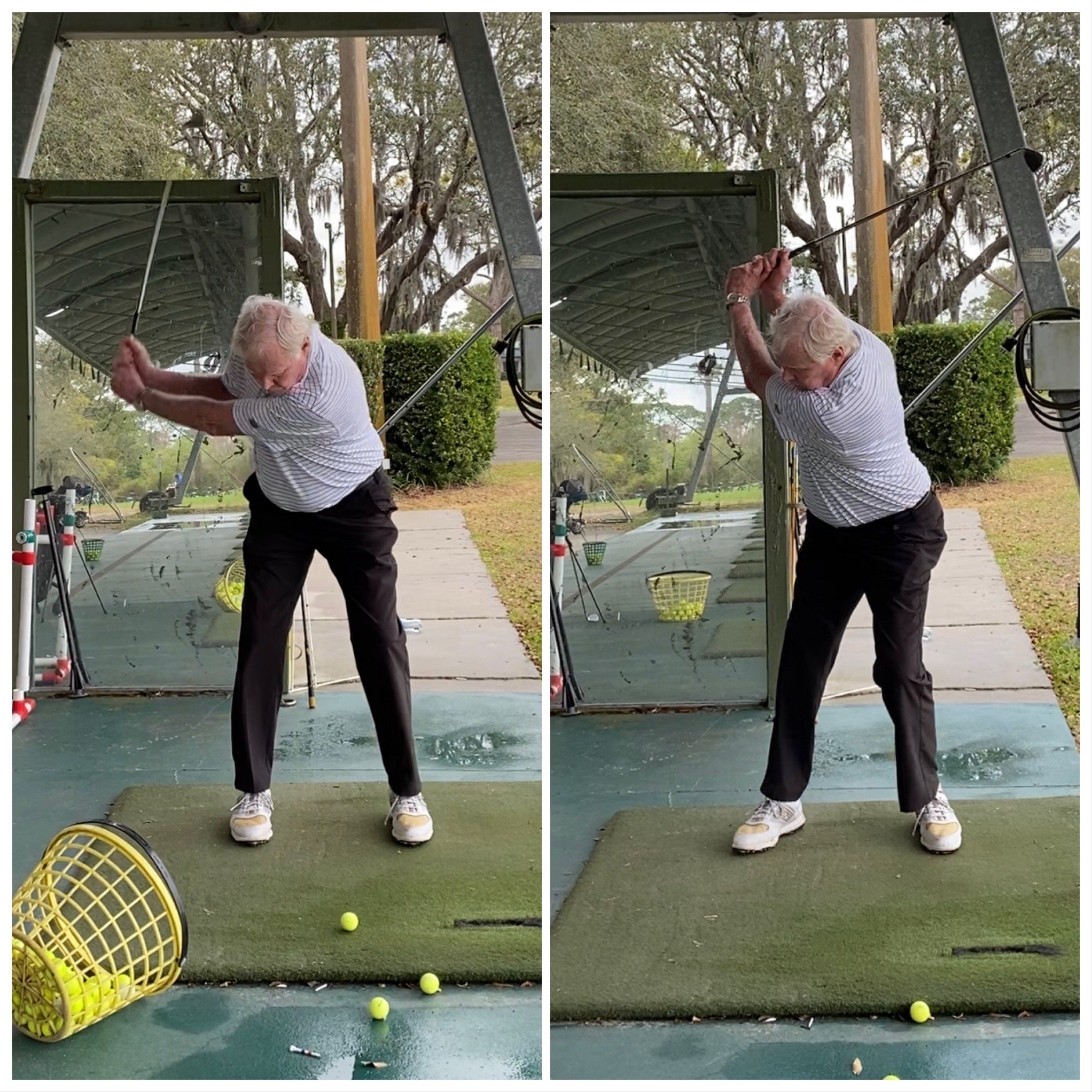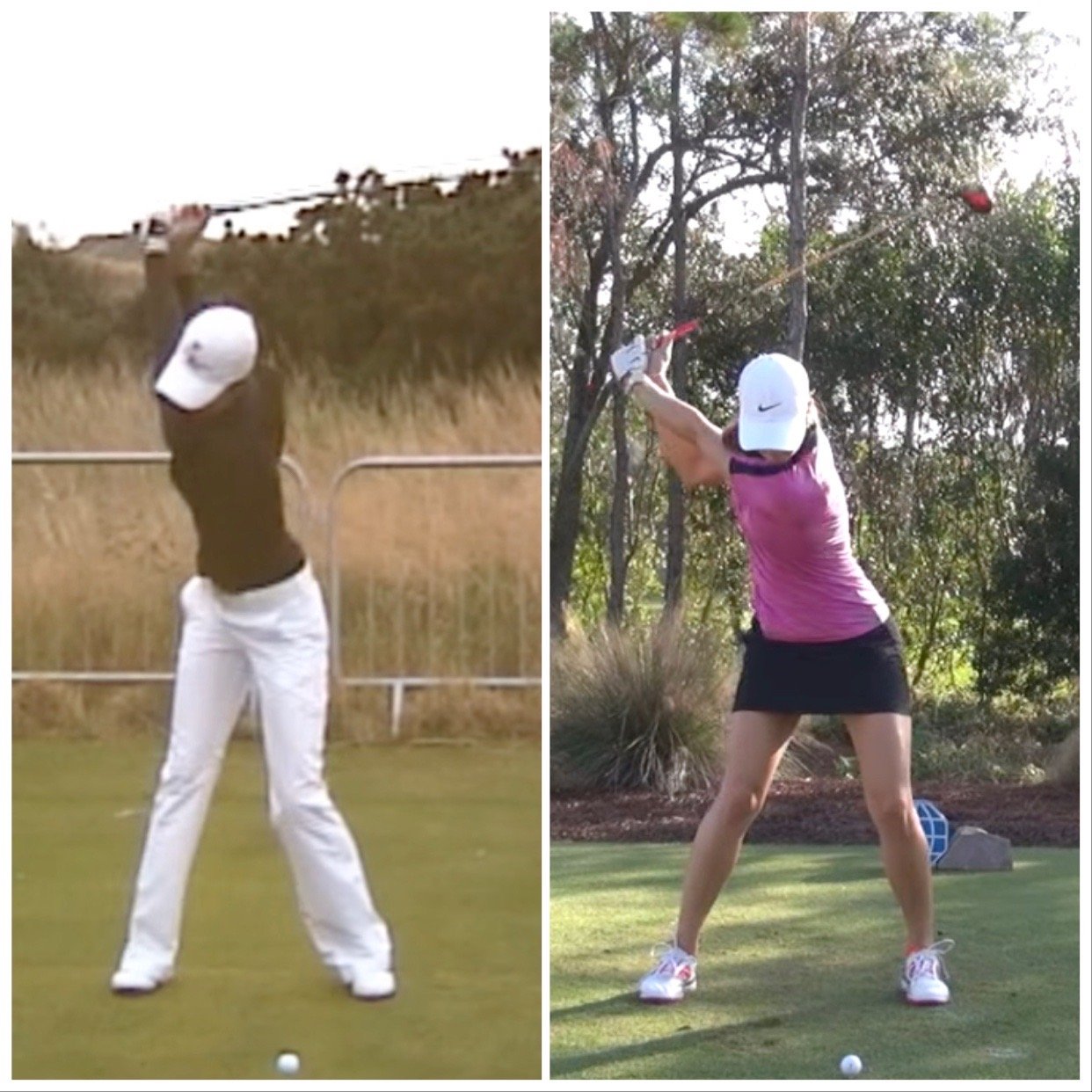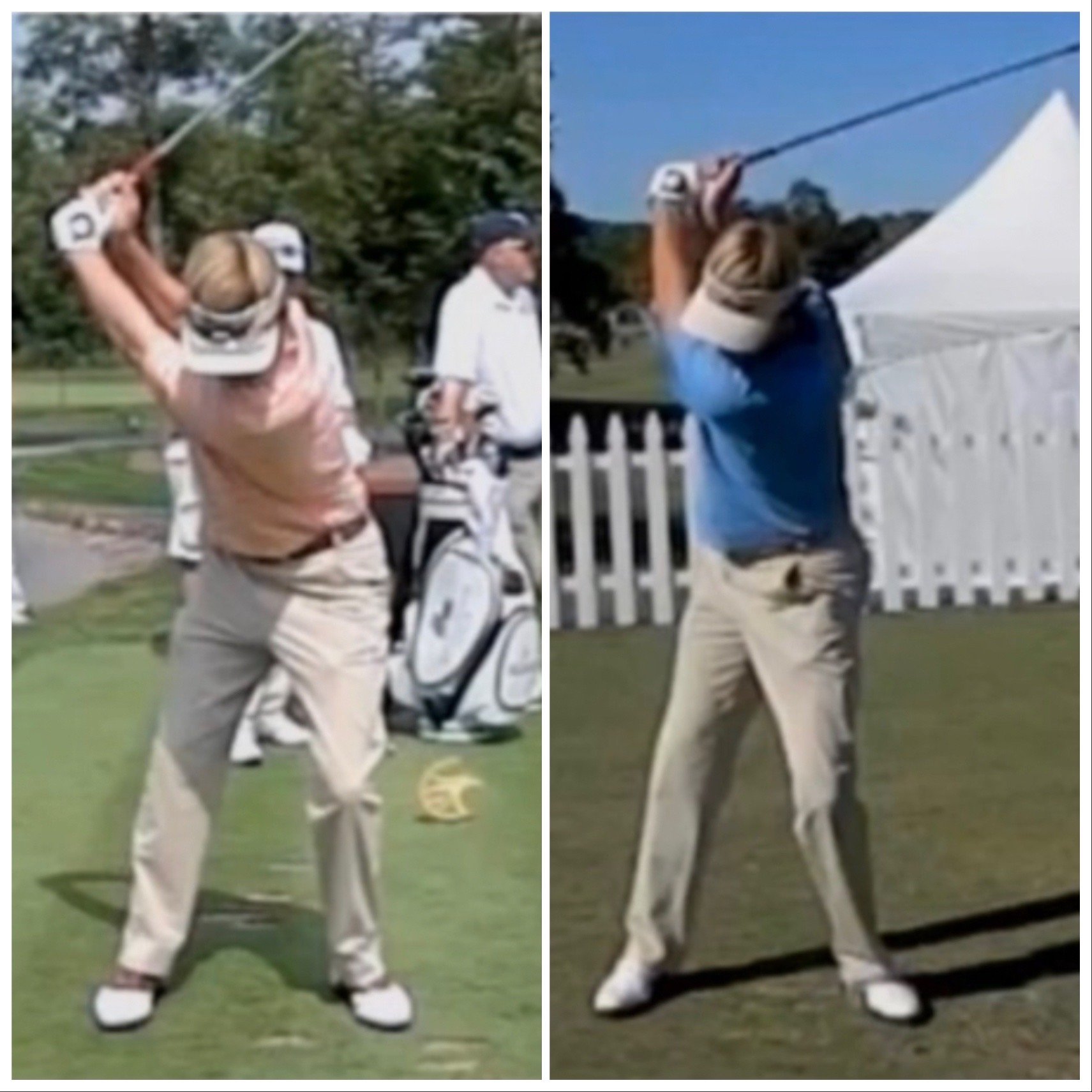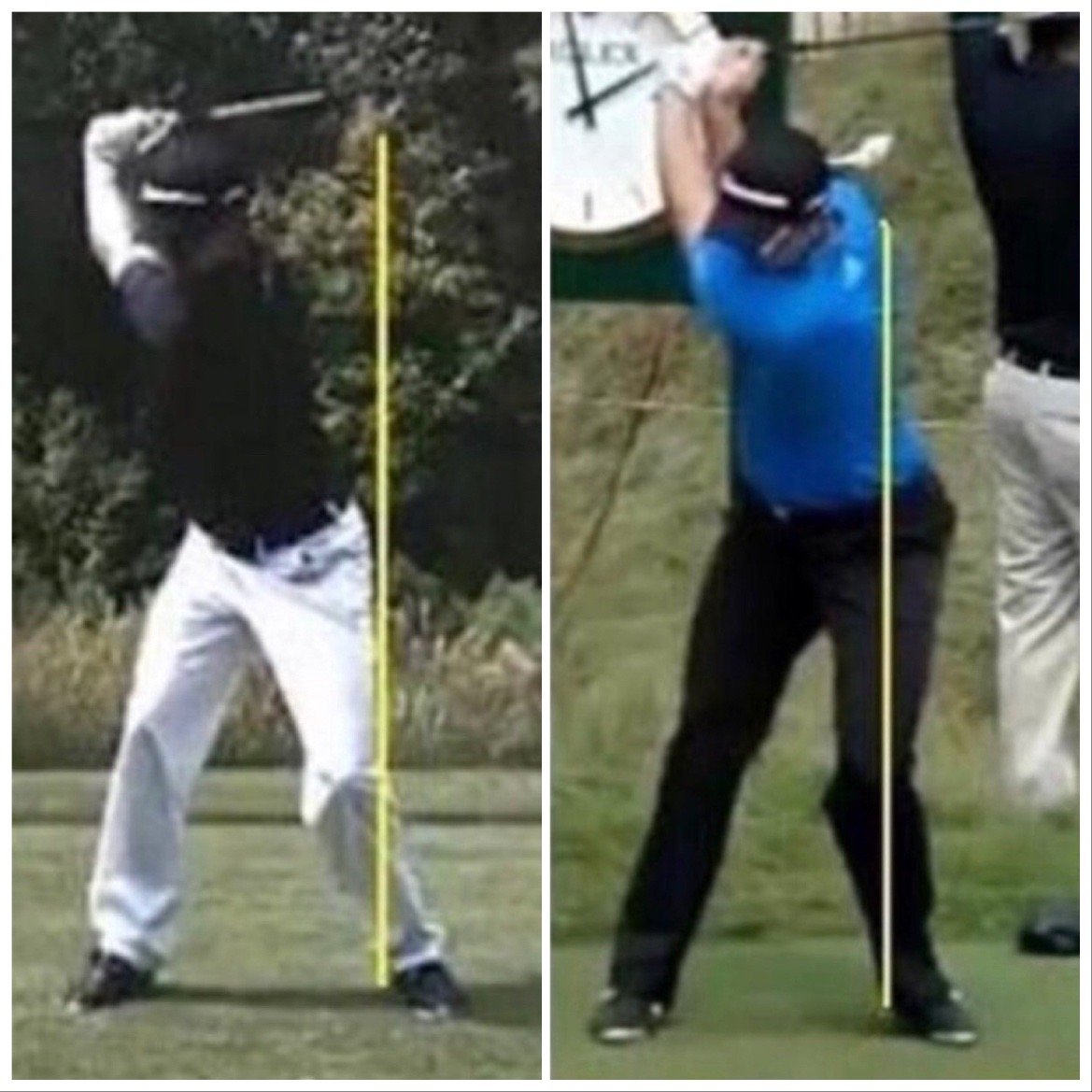How To Keep Your Head Still In Your Golf Swing
“I don’t believe in a lateral shift,” says Nicklaus. “Of course not. I believe in staying on the ball.” Asked what he thinks about teachers who advocate a weight shift, he answers, “They don’t know how to play.”
The above quote is from Jack Nicklaus, winner of 18 Major Championships on the PGA Tour and regarded as one of the greatest golfers of all time. Nicklaus was taught at an early age by his coach Jack Grout to keep his head still during the swing, as Grout would hold him by the hair to ensure his powerful swing lacked lateral movement with this head.
Every day on the lesson tee, I hear golfers of all ages saying that they struggle to keep their head still during their backswing. Well-meaning playing partners dole out this sage advice by the hour in reaction to a wide variety of shots.
Keeping your head still has been one of the longest-standing mysteries in all of golf. Everyone knows that they should do it. Most know why they should do it. Very few know how to do it.
In this article I’m going to dispel the myths behind this topic and lay out a road map for you to master this move once and for all. I think you’ll find that keeping a steady head has very little to do with your head at all.
WHY?
“To understand the swing, you must first consider it’s function”
To understand why the head should remain still in the golf swing, I think we need to rephrase the question. It’s not really why should the head not move, but rather what are we trying to achieve? What is the task?
When discussing the fundamentals of golf, the lowest common denominator is the ability to control the low point of the swing. The greatest players in the world all hit the ground in the same place, just after the ball. As the skill level goes down, the ability of the golfer to control the low point declines.
The most influential component of where you strike the ground is the location of your two centers during the swing. The upper center (red dot) is the notch in your sternum, the lower center (green dot) is your belt buckle. If one or both of those centers is behind the ball at impact, your low point is likely to be behind the golf ball.
At address both centers are on the ball
At impact the lower center has moved forward of the ball and the upper center has stayed on the ball
Given that the downswing takes about 0.2 seconds, it would make sense to say that if you’re not in a great spot at the top of the backswing, you’re going to struggle to make up for your error in the downswing.
So, how do we keep both centers on the golf ball?
THREE PLANES OF MOVEMENT
Golf is played on a tilted angle. We play with bent clubs, at the side of the ball. In order for the golfer to remain centered during the swing, they have to extend, tilt and turn their spine equally. These motions have been principles of human locomotion since the beginning of time and have only been discussed in the golf swing in the last 15 years. Examples are below of each individual movement.
Extending out of the forward bend
Rotating the body from the ankles up to the neck
Tilting in the opposite direction of the turn (I turned to the left, I tilt to the right)
If we were playing tee ball, where the ball is at belt height then we could just turn, which is what most of the golfers I see on a daily basis are trying to do. This leads to a number of issues with their contact as a result.
In the baseball swing there is no flexing/extending or tilting to the side, only rotation.
Performing the extending, tilting and turning equally will produce a centered swing. When one of the three components is lacking or is done too much, the upper center will move.
Here I have rotated and side tilted, but lack extension.
Here I have extended and rotated, but lack the tilt.
When golfers say they are trying to keep their head still, what they need to be saying is they’re trying to keep their head “in the circle”.
If having the two centers of the body in vertical alignment is the major contributing factor to solid contact, then what is the common thread in all great swings?
THE ANATOMICAL NECK
I would say a common thread throughout all of the backswings that display a textbook amount of the three movements is the golfer’s tilting of the neck. It is the neck tilt that is really the gateway for the head to remain in the circle.
The head is connected to the body via the cervical spine, which has a very mobile construction to it. In the image below, you can see the varying ways we can move the head and at what range. Understanding this is key in changing the concept of how we move in your mind.
I often feel as though the golfer’s understanding of the task is what holds them back. When they hear “keep your head still” they take the instructions literally and don’t move the head. For a skilled player, they interpret the instructions as a reference to the motion of the head left/right, up/down, keeping it in a circle when viewed on a camera.
You could say that for the head to stay “still”, it actually has to move.
APPLICATION IN GOLF
The function of keeping the head still is as much of a geometry problem as it is a physical one. By this, I’m referring to the alignments of the body at various points in the swing and the necessity of controlling the low point. In the example below, the golfer has setup to the ball with his weight 55% on his left foot.
PGA Tour Player Grant Waite at address.
In his backswing, he is left tilting, extending and turning equally, keeping his head in the circle. To make this easier, you can see how he is tilting his neck to the left as well (seen via the TaylorMade logo on his cap). The neck is the most mobile part of the spine, using it during the swing is mandatory when staying centered in your backswing.
You can see the TaylorMade logo on Grant’s cap (under the green line) tilting to his left throughout the backswing.
Looking at the below picture of Jack Nicklaus, you could say he used the exact same approach. His upper body is stacked over his lower body, his left shoulder is below his right and his left ear is closer to the ground than his right. He has made a centered backswing by extending his spine (standing up)
Jack Nicklaus describing the sensation he has during his backswing
For golfers of all ages, especially seniors, extending the spine and tilting the neck are both well within the body’s normal range of motion and the best way to center the pivot and create more length in the swing. This creates better contact and shots that fly higher and further. Below are two examples of senior golfers I have worked with who benefitted greatly from this approach.
CASE STUDIES
There are as many opinions on how to make a backswing as there are people who play the game. It’s the lack of a unified approach that is what leads the masses of golfers to confusion and inevitably frustration. There are examples of players getting and players getting worse at all levels of the game. Here are two case studies of each situation.
Rickie Fowler, above, shown here in late 2015 with what the Titleist Performance Institute called a “safer, more dynamic” pattern on the right, turning in flexion. You can see how the absence of extension has created a shift off of the golf ball with his upper body. This pattern can work with the driver, as the ball is teed up, but will be a challenge with any ball that sits on the ground.
LPGA Tour star Michelle Wie West, above, had a long documented career, which was plagued with injuries. As her career went on, her swing got shorter and shorter as she strived to create less movement. Notice the difference in the lower body movement and most notably the difference in the tilt of the neck.
PGA Tour Players Brad Faxon (left) and Justin Rose (right) are examples of players who improved their playing careers by learning how to extend the spine longer to the top of the backswing. Brad had been flipping truck tires trying to gain flexibility and Justin had been plagued with lower back issues for much of his career until they both met coaches that explained to them the movements of the spine.
CONCLUSION
Like anything in golf, there are going to be outliers, players who do too much of a good thing or a bad thing. At the end of the day, the judge of your ability is going to be the ball. Use the above information to make improvements if necessary. If you can hit the ball solid without issue, then count yourself among golf’s elite! If you struggle to control your low point, then the information in this article is where I would start.
To learn more about your own swing, click here to follow me on Skillest and get a free swing evaluation!
REFERENCES
https://www.woodslawyers.com/degenerative-disc-disease-va-disability-rating/
https://golf.com/instruction/driving/most-important-swing-fundamental-jack-nicklaus-flashback/
https://www.youtube.com/watch?v=Dxeic1fd1oE
Kapandji, I.A. “The Physiology of the Joints” (1974) Print.













